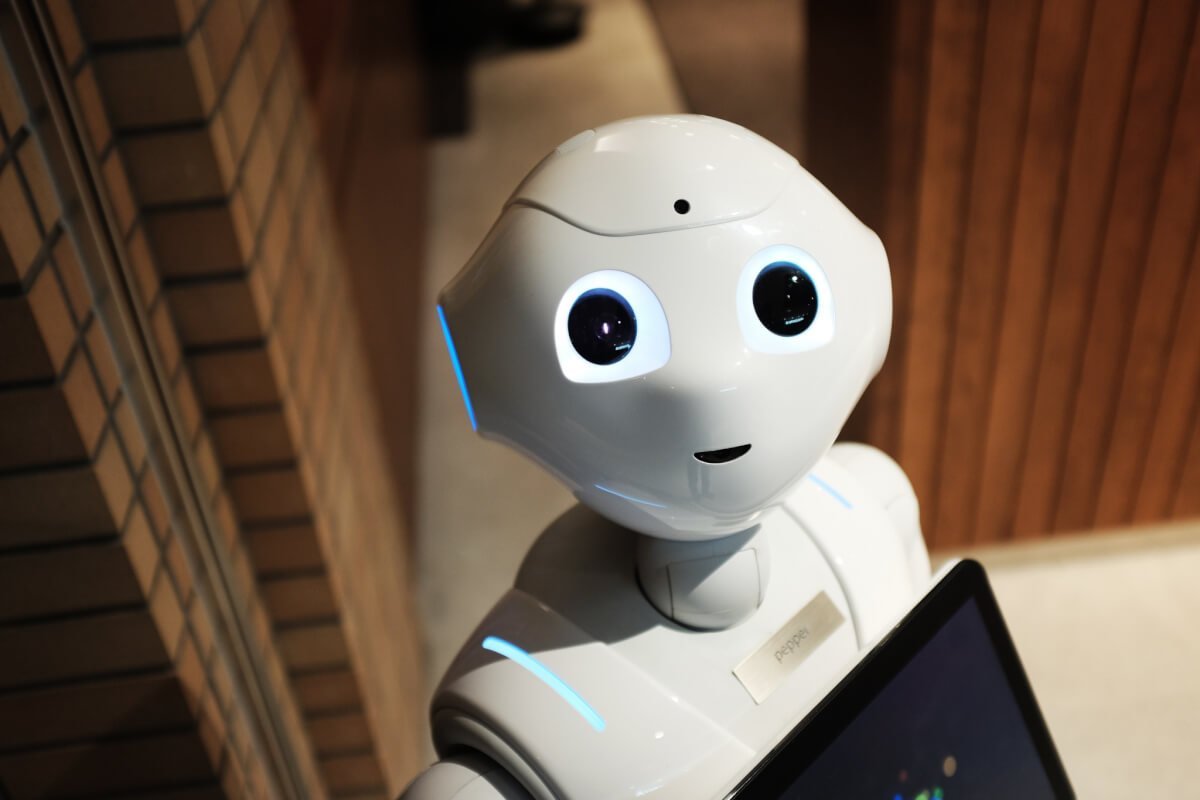
As technology has evolved lately, generative AI has come forward as one of the most revolutionary advancements. This tech is reshaping how the world creates content, models predictions, and simulates intricate scenarios. From writing content to making pictures or music, its applications are vast and continue to expand. However, as with many innovations, there’s a growing narrative painting generative AI as the ultimatesolution for modern challenges. While the potential for this tech is huge, society’s perspective of what it can do and how it does it isn’t quite accurate. We believe it’s essential to recognize generative AI for what it truly is: a powerful tool that complements, but doesn’t replace, human intuition and creativity.
Understanding Generative AI
Generative AI, essentially, is a version of artificial intelligence that is trained to create new content and solutions based on existing data patterns. Whether autonomously crafting a text, producing an artwork, or devising a solution to a complex problem, generative AI functions by imitating or expanding upon known information. It’s similar to an artist who draws inspiration from their surroundings. In this instance, the ‘artist’ is an algorithm making sense of vast amounts of data to produce something.
Artificial intelligence has seen monumental growth over the past few decades, with generative models emerging as one of the most technologically advanced. A decade ago, people would have seen generative AI as something from sci-fi, but as technology has advanced rapidly the technology has gone from theoretical to publicly available almost overnight. As we see more and more of the technology in our everyday lives, it’s crucial to understand its capabilities and limitations.
One of the strengths of generative AI lies in its unmatched versatility. In content creation, it is now capable of generating entire articles, composing melodies and even creating digital artworks with little input from a user. The breadth of its applications is genuinely staggering. Additionally, the efficiency and speed brought about by generative AI are transformative. Businesses and researchers alike can focus on higher-order objectives and innovation by automating tasks that once required hours of human effort. Finally, tackling complex problems becomes more feasible as generative AI can sift through and analyze vast datasets swiftly.
Limitations and Challenges
While the ability of generative AI cannot be understated, it is not without its set of challenges. A primary concern revolves around reliability. The unpredictability of the tech sometimes leads to innovative outcomes that can also result in errors or misjudgments. For instance, a study conducted by MIT revealed that specific AI models, trained with biased data, can produce skewed or discriminatory results. Findings like this point to the necessity of careful training and oversight by responsible programmers to ensure generative AI works within intended and acceptable norms.
Additionally, the rise of generative AI has created ethical dilemmas through which we are currently navigating. The creation of deepfakes—convincingly realistic but entirely fabricated audio and video content—is a huge example, raising concerns about misinformation and its potential impact on public perception. To no surprise, privacy is a huge concern as AI begins to provide more personalized content creation. How much of our data are we willing to sacrifice for AI-powered convenience? As this technology becomes more available, we’re confronted with a question: when is it appropriate to use AI’s analytical prowess and when is a human’s touch more appropriate? To some, there’s a genuine fear that over-reliance on AI might lead to a loss of the unique human touch, nuances, and creativity that machines, no matter how advanced, can never truly replicate.
Generative AI as a Tool: A Balanced Approach
In our opinion, the middle ground is the best approach—one that positions AI as a complement to human skills rather than a replacement. The essence of this balanced perspective is recognizing that while AI can sift through massive datasets, analyze patterns, and even create content, it cannot replicate the intricate nuances, emotions, and unique experiences humans bring. AI can provide a foundation in areas like storytelling or content analysis, but for the content to resonate the final touch needs a human’s perspective.
Conclusion
Of all the recent technological advancements, generative AI stands out, promising unequaled innovations and transformative solutions. However, as with most new technologies, it’s important to remember that it is one of many tools in our extensive technological arsenal – not a complete solution. The real value of this tech unfolds when it is used with human insight, creativity, and ethics. Only by embracing a balanced approach can we use the technology to its full potential.
© 2025 O’Keeffe. All Rights Reserved. | Sitemap